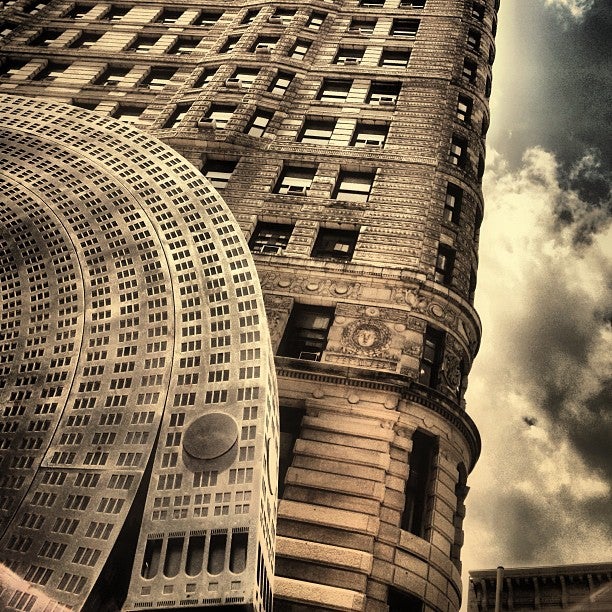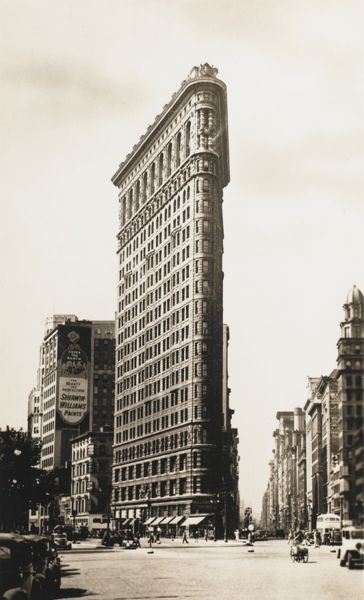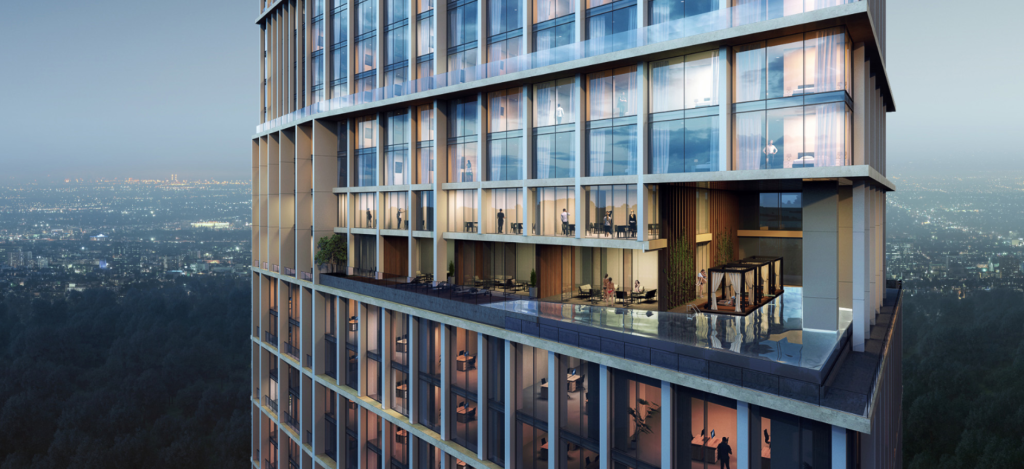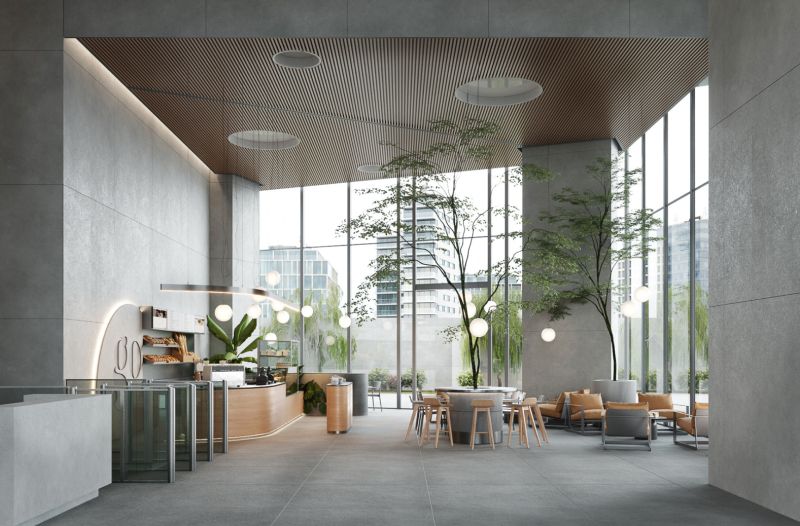Flatiron Meridian Cambodia is a state-of-the-art, integrated development that incorporates prime office space, hospitality, and over 300 units of five-star, serviced residence.
This new Phnom Penh landmark is inspired by the iconic Flatiron building located at 175 Fifth Avenue, in Manhattan, New York City. The original Flatiron was designed by Daniel Burnham and Frederick Dinkelberg; it was one of the tallest buildings in New York City upon its completion in1902.
The NYC Flatiron building sits on a triangular block formed by Fifth Avenue, Broadway, and East 22nd Street. The name “Flatiron” derives from its resemblance to a cast-iron clothes iron. The Flatiron was designated a New York City landmark in 1966, added to the National Register of Historic Places in 1979, and designated a National Historic Landmark in 1989. It is one of the most photographed, filmed, and recognizable buildings in the world today.
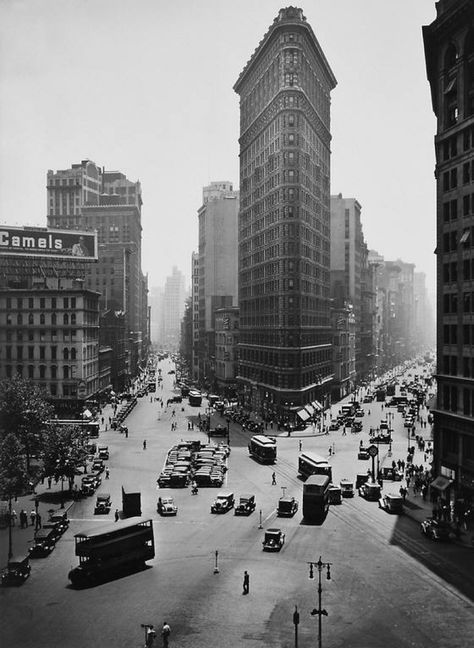 The Flatiron Meridian, Phnom Penh, is a 41 storey building with a total gross floor area of about 84,000 sqm; featuring an ultra-modern, high-tech design, beautiful landscaping, open living, and community spaces, and a breathtaking sky balcony.
The Flatiron Meridian, Phnom Penh, is a 41 storey building with a total gross floor area of about 84,000 sqm; featuring an ultra-modern, high-tech design, beautiful landscaping, open living, and community spaces, and a breathtaking sky balcony.
This unique and stylish project is about to open and offers a highly bespoke and contemporary living and working experience by combining the management and expertise of three specialist groups: The Ascott Group for property and office management, the Citidine Group for Residential and ‘Apart’otel’ management, and the Thalias Group for food and beverage operations. This allows for three of the leading companies in their field to bring their ‘best game’ to the property and deliver a truly exceptional experience for tenants, guests, and the whole city.
Urban sociologist Ray Oldenburg was born in the United States of America in 1932, he is Professor Emeritus at the Department of Sociology and Anthropology at the University of West Florida in Pensacola. He received his B.S., Mankato State University, 1954; M.A. at the University of Minnesota in 1965; and his Ph.D. at the same University in 1968.
He is known for coining the term the ‘Third Place’ and writing about the importance of public gathering spaces in community-building, and for a functioning civil society, democracy, and civic engagement.
Our ‘first place’ is the home and our ‘second place’ is our workplace, (where people often spend most of their time). In either of these spaces, we are concerned or preoccupied with family matters, chores, tasks, and matters relating to our loved ones or careers.
Oldenberg saw these ‘third places’ -a café, a bakery, a wine bar or beer garden- as anchors of community life, where we facilitate and foster broader, more creative interactions. These are places where we relax in public and where we not only encounter familiar faces but where we also can make new ones from outside our circles.
Oldenberg said that “third places offer a neutral public space for a community to connect and establish bonds. Third places “host the regular, voluntary, informal, and happily anticipated gatherings of individuals beyond the realms of home and work.”
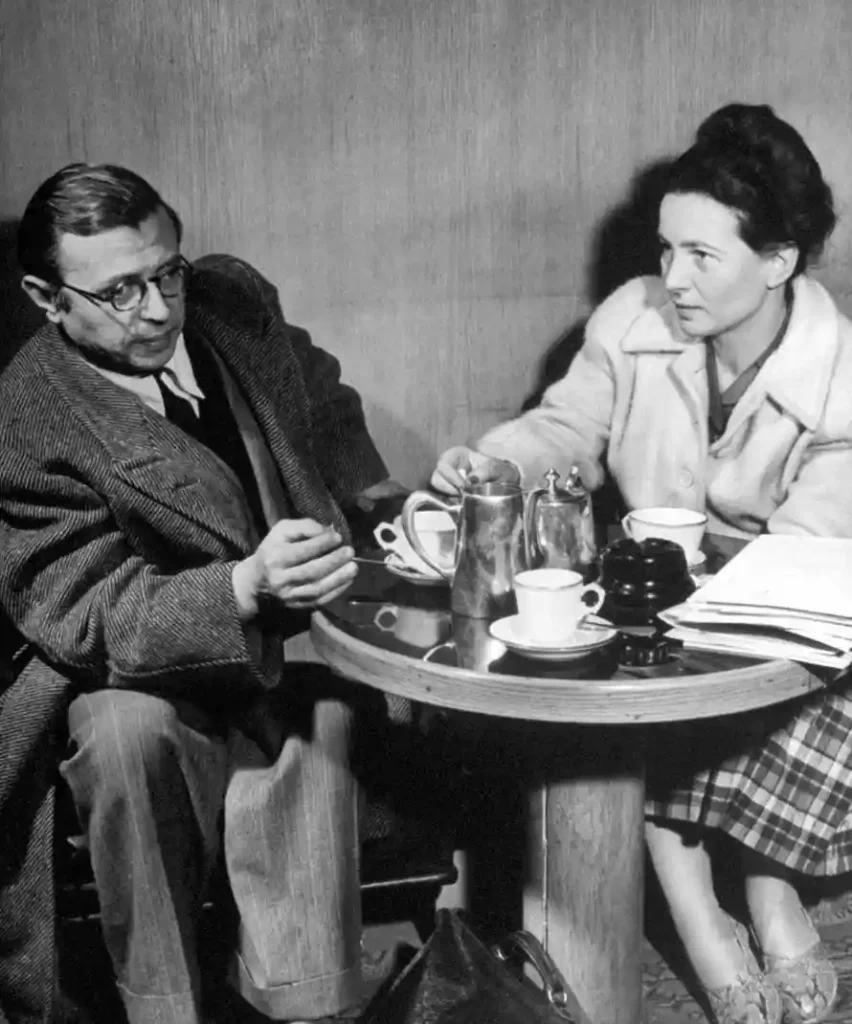 We may well recall great European films, where a minor character in an old black and white movie sits in the recesses of a French boulangerie, or Italian café and spouts philosophy to an intrigued ingénue. Third places like these are also important meeting points for ideas and conversations and in Cambodia especially, have become places where students can gather to study with friends or where young entrepreneurs can gather together to discuss, weigh up, and test concepts.
We may well recall great European films, where a minor character in an old black and white movie sits in the recesses of a French boulangerie, or Italian café and spouts philosophy to an intrigued ingénue. Third places like these are also important meeting points for ideas and conversations and in Cambodia especially, have become places where students can gather to study with friends or where young entrepreneurs can gather together to discuss, weigh up, and test concepts.
Scholars determined that Oldenburg’s third place needed eight characteristics:
Neutral ground
Occupants of third places have little to no obligation to be there. They are not tied down to the area financially, politically, legally, or otherwise and are free to come and go as they please.
A Leveler (a leveling place)
Third places put no importance on an individual’s status in society. One’s socioeconomic status does not matter in a third place, allowing for a sense of commonality among its occupants. There are no prerequisites or requirements that would prevent acceptance or participation in the third place.
Conversation is the main activity
Playful and happy conversation is the main focus of activity in third places, although it is not required to be the only activity. The tone of the conversation is usually light-hearted and humorous; wit and good-natured playfulness are highly valued.
Accessibility and accommodation
Third places must be open and readily accessible to those who occupy them. They must also be accommodating, meaning they provide for the wants of their inhabitants, and all occupants feel their needs have been fulfilled.
The regulars
Third places harbor a number of regulars that help give the space its tone and help set the mood and characteristics of the area. Regulars to third places also attract newcomers and are there to help someone new to the space feel welcome and accommodated.
A low profile
Third places are characteristically wholesome. The inside of a third place is without extravagance or grandiosity and has a homely feel. Third places are never snobby or pretentious and are accepting of all types of individuals, from various different walks of life.
The mood is playful
The tone of conversation in third places is never marked with tension or hostility. Instead, third places have a playful nature, where witty conversation and frivolous banter are not only common but highly valued.
A home away from home
Occupants of third places will often have the same feelings of warmth, possession, and belonging as they would in their own homes. They feel a piece of themselves is rooted in the space, and gain spiritual regeneration by spending time there.
Is all about ready-to-go: fresh, quality ingredients, artisan bakery, gourmet sandwiches, handmade charcuterie, fresh salads, and creative, delicious pastries and desserts, all combined with cold-pressed juices, fine teas, and house-roasted coffee.
In the busy, fast-paced lives of professionals inside the offices of the Flatiron Meridian tower, or those people living in and around the rapidly growing Srah Chak sangkat; Khema Go is a place to take a brief pause and enjoy a moment of fine flavours and sensory succor, or just grab something ready to go and maintain a healthy and delicious lifestyle.
Khema Go is a third place for the community of the Flatiron Meridian and surrounding area; a place to enjoy time with friends and colleagues, either present or online. Designed by award-winning architects ‘The Room’, the space is stylish, sleek, open, and inviting. It is a community space that puts you at ease and makes you feel comfortable to relax in, to engage and to enjoy. Khema Go @ the Flatiron Meridian is a space to eat exceptional bakery goods, to meet for great coffee, to snack and chat, to have a treat; a place to feel like you belong, in your community, your anchor, your own place.

